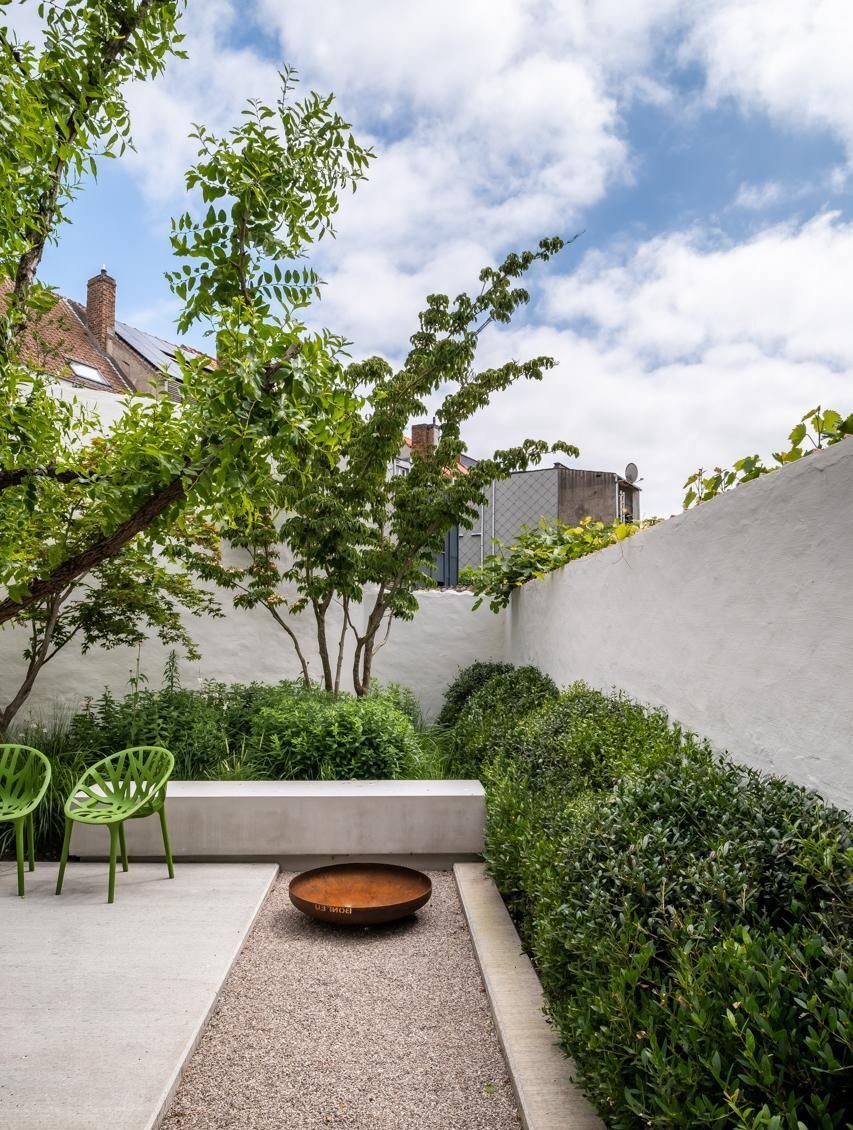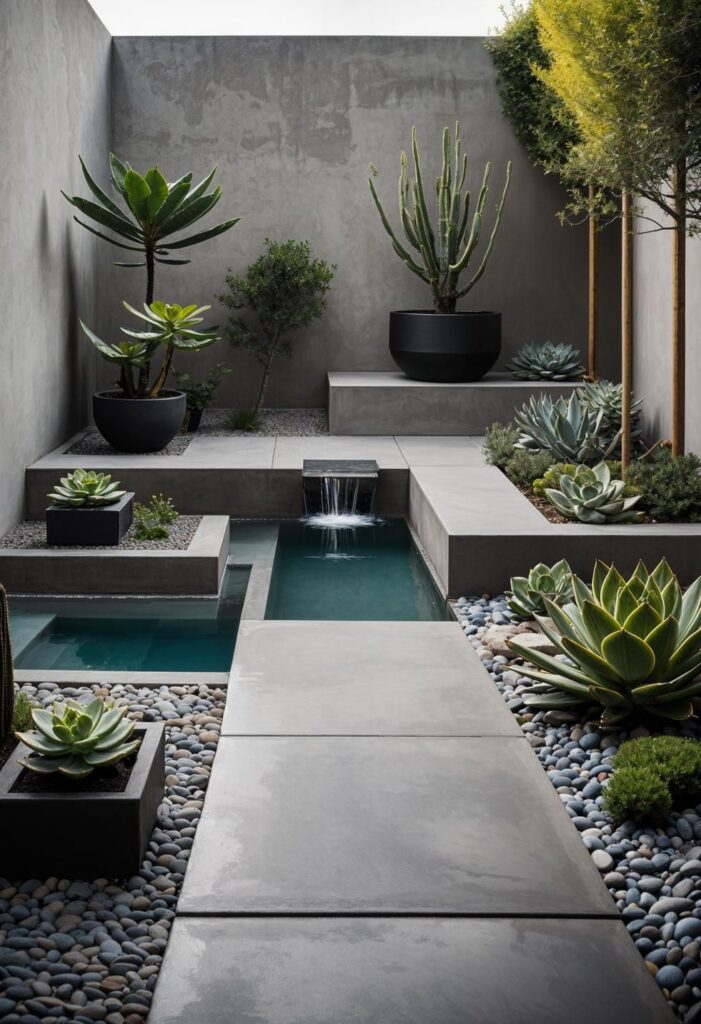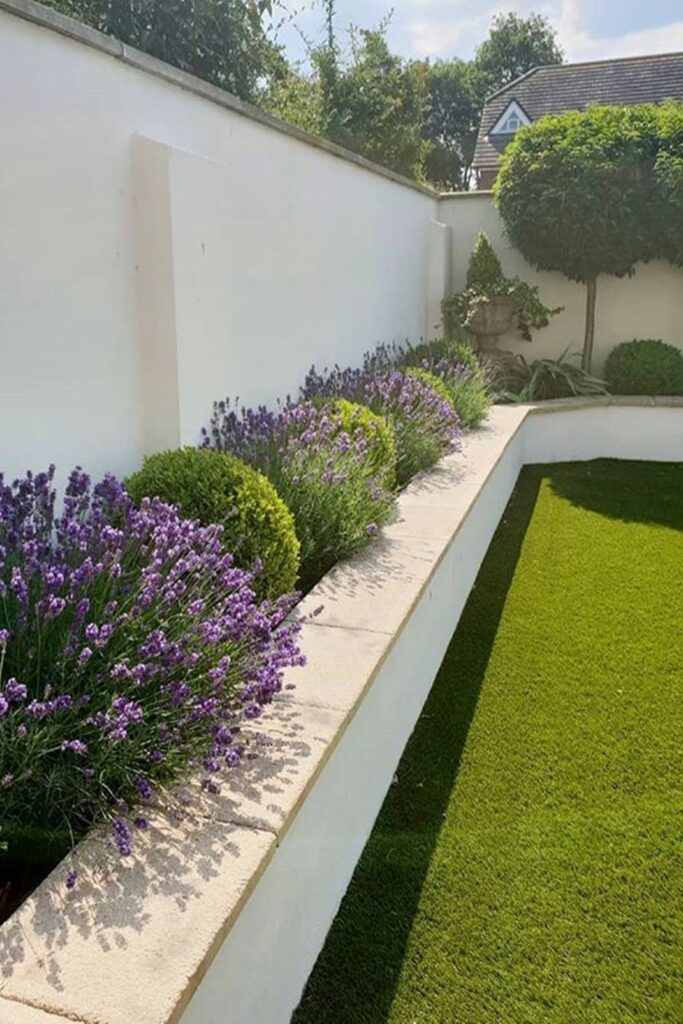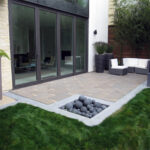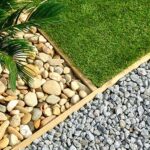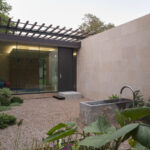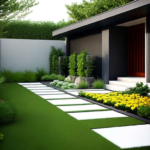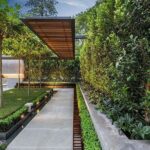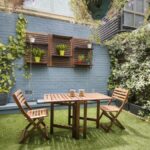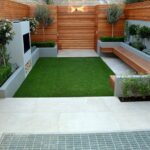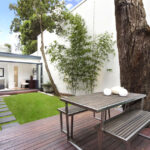Minimalist garden design is a popular trend in landscaping that focuses on simplicity, clean lines, and a clutter-free space. By incorporating minimalist principles into your garden design, you can create a serene and tranquil outdoor space that is both aesthetically pleasing and easy to maintain.
One key aspect of minimalist garden design is the use of a limited color palette. Stick to a few neutral colors such as white, grey, and black, and incorporate green through the use of plants. This creates a cohesive and harmonious look that is soothing to the eye. Avoid using too many colors or patterns, as this can create a busy and cluttered appearance.
In minimalist garden design, less is more. Keep the number of plants and decorations to a minimum to create a sense of openness and spaciousness. Choose plants that are low-maintenance and have clean, simple shapes. Opt for a few well-chosen statement plants rather than filling the space with lots of small plants.
Another important element of minimalist garden design is the use of clean lines and geometric shapes. Choose simple, sleek containers and furniture with straight lines and sharp angles. Create pathways and borders using straight lines and right angles to create a sense of order and structure in the garden.
Incorporating water features into your minimalist garden design can add a sense of tranquility and relaxation. A simple, modern fountain or pond can help to create a focal point and bring a sense of calm to the space. Keep the design of the water feature minimal and understated to maintain the overall aesthetic of the garden.
Finally, lighting is an important consideration in minimalist garden design. Use simple, unobtrusive lights to illuminate pathways, highlight plants, and create a warm, inviting ambiance in the garden. Avoid using overly bright or ornate lighting fixtures, as they can detract from the simplicity and elegance of a minimalist garden design.
 yishifashion Where Outdoor Dreams Become Reality
yishifashion Where Outdoor Dreams Become Reality
